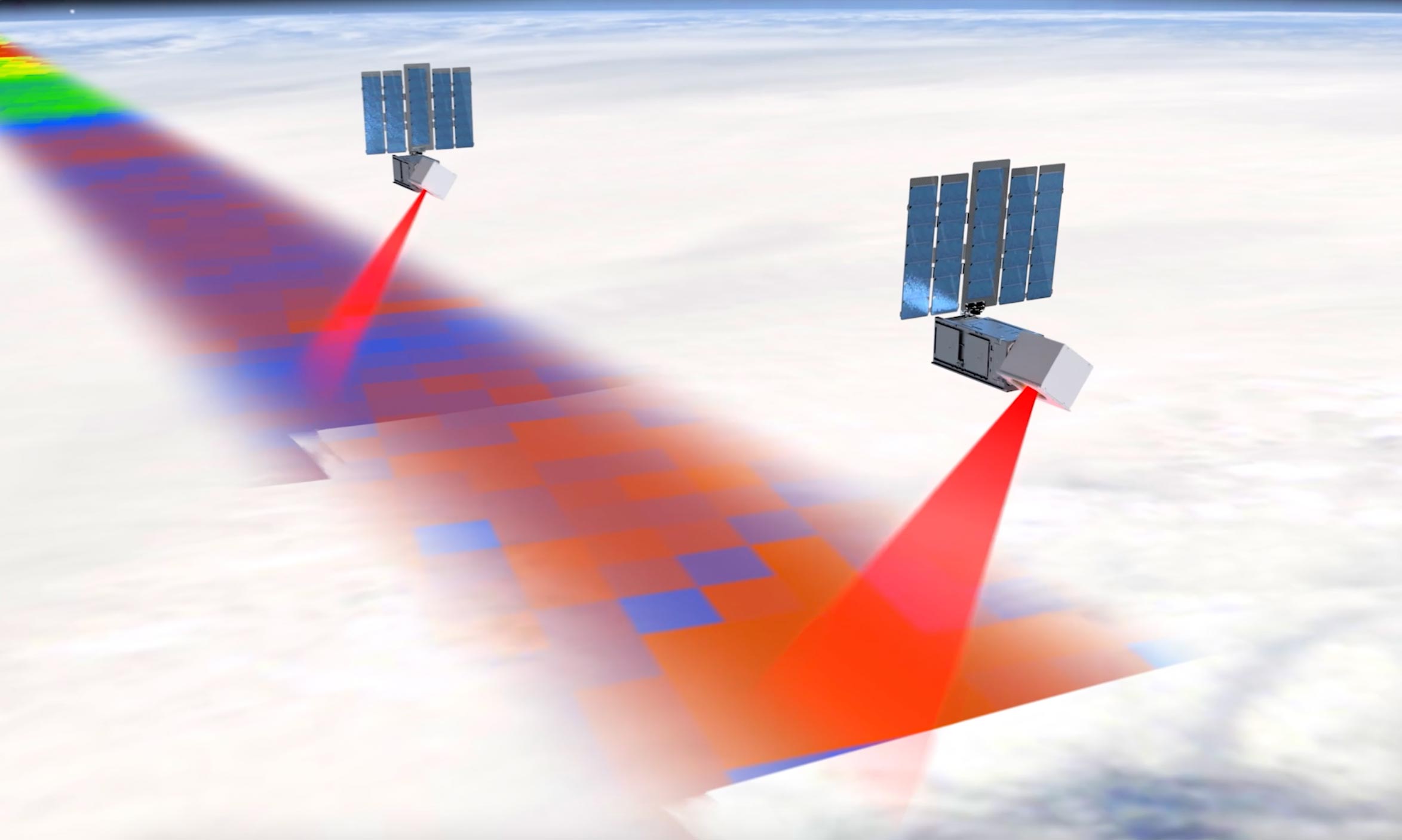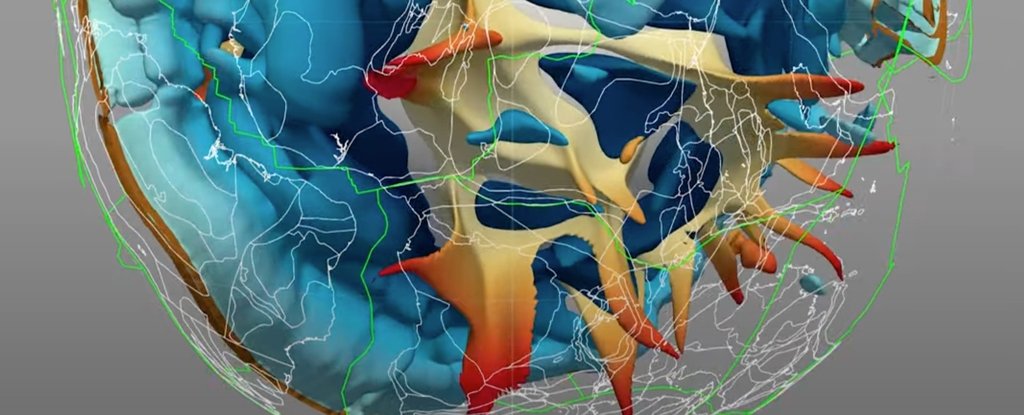Grafika koncepcyjna satelitów składających się na konstelację tropików, które działają harmonijnie, zapewniając szybko aktualizowane obserwacje mikrofalowe burz na Ziemi, mierząc opady atmosferyczne, temperaturę i wilgotność podczas burzy. Źródło: NASA
Wystrzelono rakietę laboratoryjną[{” attribute=””>NASA’s TROPICS mission, which includes four small CubeSats equipped with a spinning microwave radiometer for atmospheric monitoring. The mission, led by Dr. William Blackwell at MIT’s Lincoln Laboratory, builds on data and lessons learned from the previously launched TROPICS pathfinder satellite.
NASA selected Rocket Lab to provide the launch service for the TROPICS mission as part of the agency’s VADR (Venture-class Acquisition of Dedicated and Rideshare) launch services contract in November 2022. NASA’s Launch Services Program at the agency’s Kennedy Space Center in Florida manages the launch service.
TROPICS is one of NASA’s Earth venture-instrument missions, which are science-driven, competitively selected, low-cost endeavors that provide opportunity for investment in innovative Earth science to enhance our capability to better understand the current state of the Earth system and to enable continual improvement in the prediction of future changes.
TROPICS comprises four identical 3U CubeSats, each roughly the size of a loaf of bread and weighing about 12 pounds.

Extreme wide shot view of Rocket Lab’s Launch Complex 1 in Mahia, New Zealand. The Electron rocket stands vertical at the launch pad. Credit: NASA
The TROPICS CubeSat payload is a spinning microwave radiometer with highly integrated, compact microwave receiver electronics that measure microwave frequencies ranging from about 90 to 205 gigahertz, enabling monitoring of the atmospheric emissions made by water vapor, oxygen, and clouds in the atmosphere.
The target altitude for TROPICS is approximately 342 miles (550 km), with both pairs of CubeSats having two slightly different low Earth orbits angled about 30 degrees above the equator.
The TROPICS pathfinder satellite, a proof-of-concept CubeSat that launched in June of 2021, has captured images of several tropical cyclones, such as Hurricane Ida over the United States, Cyclone Batsirai over Madagascar, and Super Typhoon Mindulle over eastern Japan. The pathfinder satellite also has provided the TROPICS research team an opportunity to fine-tune the satellites’ software and operational procedures before the constellation launches. In addition, the pathfinder already has been calibrated and will serve as a calibration reference for the rest of the TROPICS constellation satellites. The TROPICS pathfinder helps the TROPICS CubeSats start producing useful data quickly.
The TROPICS team is led by Principal Investigator Dr. William Blackwell at Massachusetts Institute of Technology’s Lincoln Laboratory in Lexington and includes researchers from NASA, the National Oceanic and Atmospheric Administration, and several universities and commercial partners.

„Analityk. Nieuleczalny nerd z bekonu. Przedsiębiorca. Oddany pisarz. Wielokrotnie nagradzany alkoholowy ninja. Subtelnie czarujący czytelnik.”




